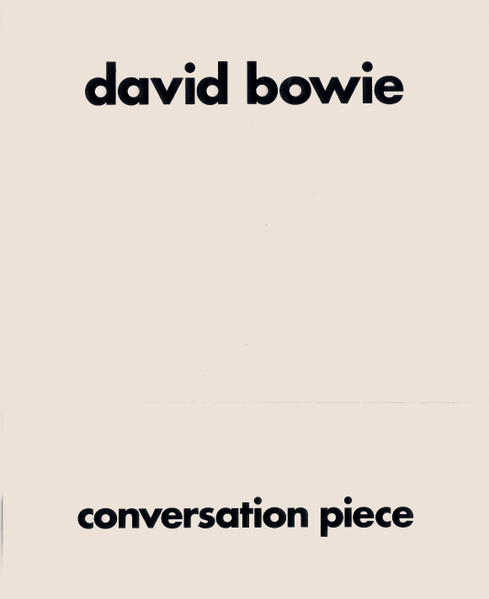Bursting Out covers all the bases, from early blues like “A New Day Yesterday” to the recent folkie stylings on Songs From The Wood and Heavy Horses. Following an introduction by Montreux Jazz Festival founder (and inimitably named) Claude Nobs, Martin Barre kicks into a serrated riff with Ian Anderson’s flute interjections. Cleverly, “No Lullaby” leads into “Sweet Dream” before a few acoustic pieces. From there it’s an excellent display of dynamics, sometimes within a single song. “A New Day Yesterday” devolves into a flute improvisation that quotes “God Rest Ye Merry, Gentlemen” (in May) and turns into “Boureé”. “Thick As A Brick” is distilled down to about 12 minutes, incorporating much more than the edits on the two “hits” albums. An instrumental called “Conundrum” might as well be called “Prelude To Barriemore Barlow’s Drum Solo”, while a side’s worth of Aqualung favorites (saving the best for last, apparently) is split up only by an instrumental called “Quatrain” and the band’s customary reworking of “The Dambusters March”. Ian’s stage announcements throughout are typically cheeky, and occasionally bleeped, likely due to a radio broadcast.
Because of the album’s length, the original American CD omitted “Sweet Dream” and the two instrumentals, despite its availability as a two-CD set elsewhere in the world; this has since been rectified, and a good thing too. Bursting Out is tight and solid, and recommended to fans of any incarnation of the band to date.
While it didn’t seem to be tied into any particular anniversary, 2024’s so-called Inflated Edition of the album included Steven Wilson remixes of both discs, each bolstered by previously unreleased performances and capped by soundcheck takes, as well as his remix of Live At Madison Square Garden 1978, originally released on CD and DVD in 2009. In addition, three DVDs offered the expected multiple hi-res mixes of all the music, plus video of the MSG show.
Jethro Tull Bursting Out (1978)—3½
2024 Inflated Edition: same as 1978, plus 26 extra tracks (and 3 DVDs)



:format(jpeg):mode_rgb():quality(90)/discogs-images/R-12653077-1539390952-4702.jpeg.jpg)

.jpeg)

.jpg)
